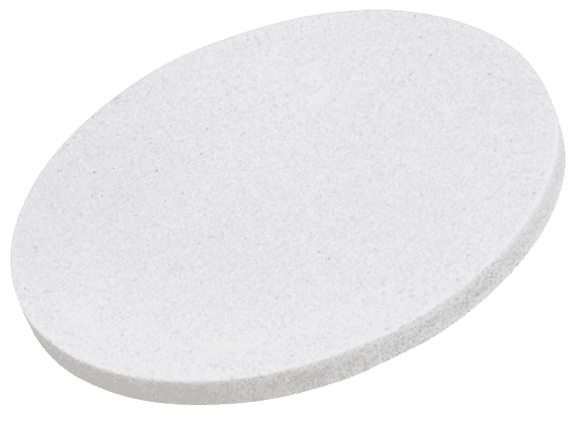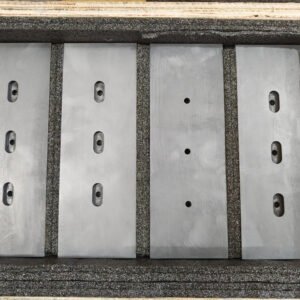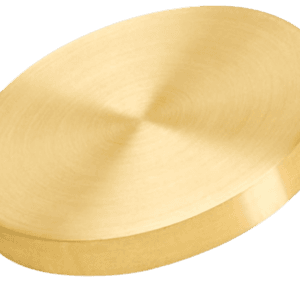Magnesium Oxide Sputtering Target Description
Our Magnesium Oxide (MgO) Sputtering Target is a high-quality oxide sputtering material, precisely composed of magnesium and oxygen. It is widely used in various applications, including thin film deposition, electronics and semiconductors, optical coatings, and magnetic storage media. These targets are produced by casting pure magnesium and oxygen in a vacuum environment, creating a dense and uniform material with excellent mechanical properties and chemical stability. This manufacturing process ensures high performance and reliability in demanding applications.
Related Product: Magnesium Sputtering Target
Magnesium Oxide Sputtering Target Specification
| Material Type | Magnesium Oxide |
| Symbol | MgO |
| Color/Appearance | White, Crystalline Solid |
| Melting Point | 2,852 °C |
| Density | 3.58 g/cm³ |
| Sputter | RF |
| Type of Bond | Indium bonding |
| Available Sizes | Dia.: 1.0″, 2.0″, 3.0″, 4.0″, 5.0″, 6.0″ Thick: 0.125″, 0.250″ |
Magnesium Oxide Sputtering Target Handling Notes
- Indium Bonding: Indium bonding is recommended for the Magnesium Oxide (MgO) sputtering target. TFM collaborates with the Taiwan Bonding Company to provide high-quality bonding services, ensuring optimal performance and durability of the targets. Standard backing plates are machined to fit the sputtering targets precisely.
- Thermal Conductivity: Magnesium oxide has low thermal conductivity and is susceptible to thermal shock. Proper bonding and handling techniques are essential to prevent damage and maintain the integrity of the target during the sputtering process.
Packaging
Our Magnesium Oxide (MgO) Sputtering Targets are meticulously tagged and labeled externally to ensure efficient identification and stringent quality control. We take great care to prevent any damage during storage and transportation, preserving the integrity and quality of the targets for optimal performance in their intended applications.





Reviews
There are no reviews yet.